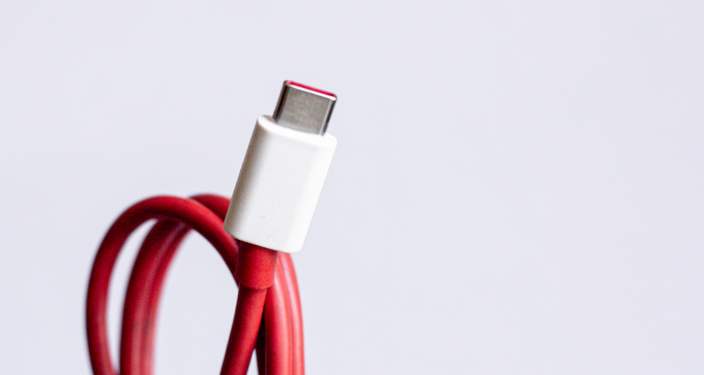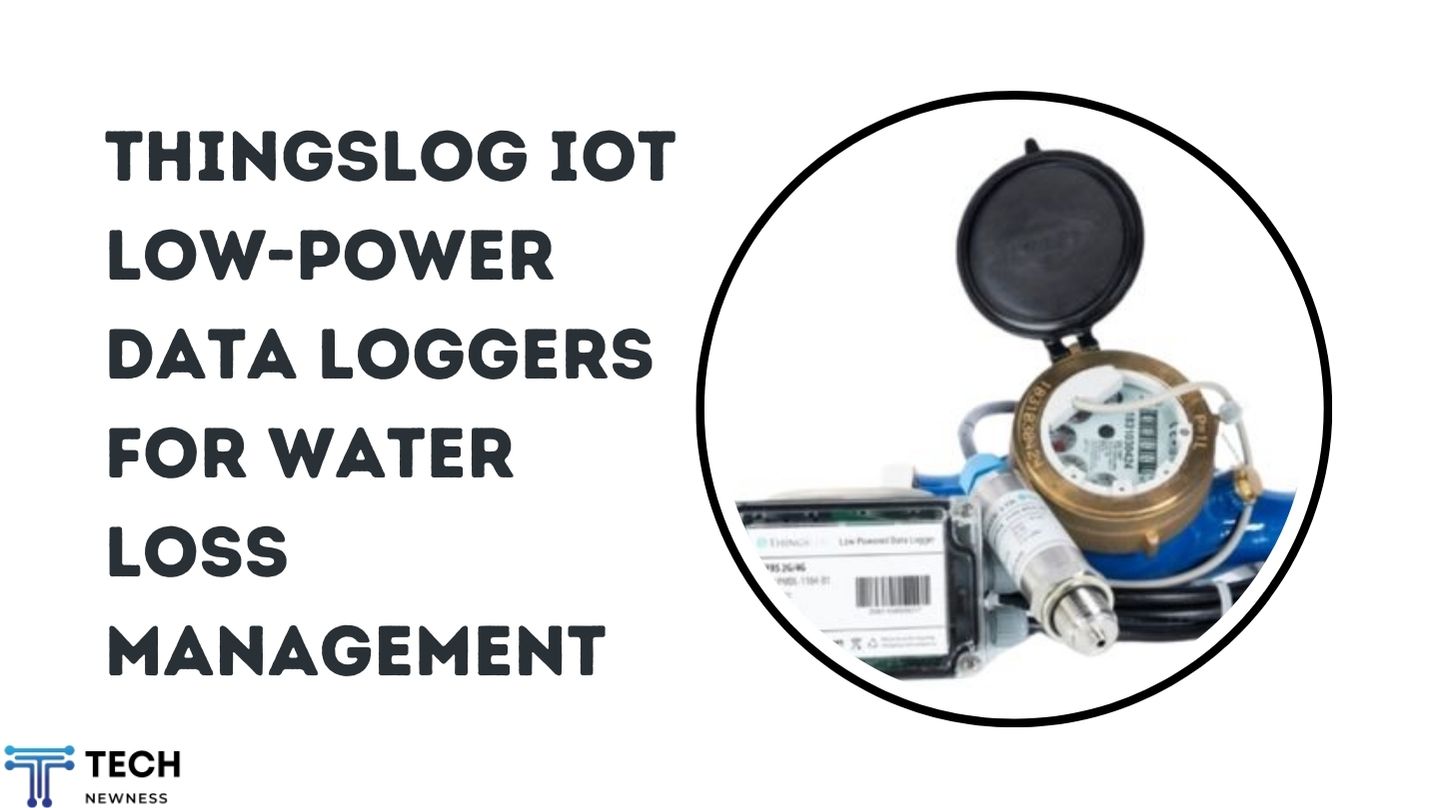Introduction to USB-C Data Cables
Staying connected and efficiently transferring data between devices is crucial. Enter USB-C data cables—an innovation that has transformed how we connect, charge, and transfer information. USB-C isn’t just another type of USB; it’s a game-changer. But what exactly makes USB-C so special? Why is it quickly becoming the standard across various devices, from smartphones to laptops? Let’s dive into the world of USB-C data cables and explore why they are shaping the future of connectivity.
Table of Contents
What is USB-C?
USB-C, or Universal Serial Bus Type-C, is a new standard for data transfer and charging that has become the go-to option for many modern devices. Unlike its predecessors, USB-C is known for its small, reversible connector, which means you can plug it in either way—no more fumbling to find the right orientation. This convenience is just one of many reasons why USB-C is rapidly replacing older USB versions like USB-A and USB-B.
Technical Specifications
USB-C connectors have 24 pins, allowing for faster data transfer rates and more power delivery. It supports various protocols such as USB 3.1, USB 3.2, and even Thunderbolt 3, making it incredibly versatile.
Benefits of USB-C Data Cables
USB C data cables offer a range of benefits that set them apart from older USB versions. Here are some of the key advantages:

Faster Data Transfer Rates
One of the most significant benefits of USB-C is its ability to transfer data at lightning speeds. Depending on the cable and the connected devices, USB-C can support transfer speeds of up to 10 Gbps or even 40 Gbps with Thunderbolt 3, making it ideal for quickly moving large files.
Enhanced Power Delivery
USB-C cables aren’t just for data—they can also deliver more power, making them perfect for charging devices. With USB Power Delivery (USB PD), USB-C cables can charge devices much faster than older USB types. Some cables can even deliver up to 100 watts of power, which is enough to charge laptops and other power-hungry devices.
Reversible Design and Convenience
The reversible design of USB-C connectors eliminates the frustration of trying to plug in a cable the right way. This simple yet effective feature has made USB-C incredibly user-friendly.
Universal Compatibility
USB-C is designed to be universal, meaning it can be used across a wide range of devices. From smartphones and tablets to laptops and external hard drives, USB-C is becoming the standard port for many gadgets.
Types of USB-C Data Cables
Not all USB-C cables are created equal. Depending on your needs, different types of USB-C cables are available:
Standard USB-C Cables
These are the most common USB-C cables, typically used for data transfer and charging. They support various speeds and power levels depending on the device and cable specifications.
Thunderbolt 3/4 USB-C Cables
Thunderbolt 3 and 4 USB-C cables are designed for high-performance data transfer and can handle speeds up to 40 Gbps. They are often used with professional equipment like 4K displays, external GPUs, and high-speed storage devices.
USB-C to HDMI and DisplayPort Cables
These cables allow you to connect USB-C devices to external monitors and TVs, supporting high-definition video output.
USB-C Charging Cables
These are optimized for delivering power, making them ideal for charging smartphones, tablets, and laptops. They may not support high-speed data transfer but excel in power delivery.
How to Choose the Right USB-C Cable
With so many options available, how do you choose the right USB-C cable for your needs? Here are a few tips:

Identifying Your Device’s Requirements
First, understand what your device needs. Does it require a cable that supports fast data transfer, or is it primarily for charging? Knowing this will help you narrow down your options.
Understanding Cable Specifications and Labels
Check the cable specifications, including data transfer speeds and power delivery capabilities. Look for labels like USB 3.1, USB 3.2, or Thunderbolt 3 to ensure the cable meets your requirements.
Differences in Build Quality and Durability
Not all USB-C cables are built to last. Pay attention to the build quality, such as reinforced connectors and braided cables, which can offer better durability.
Common Uses of USB-C Data Cables
USB-C cables are incredibly versatile and can be used for a variety of purposes:
Connecting Smartphones and Tablets
USB-C is now the standard port for most modern smartphones and tablets, making it easy to connect and charge these devices.
Transferring Data Between Laptops and PCs
Whether you’re moving large files or syncing data between devices, USB-C cables offer fast and reliable data transfer.
Powering and Charging Devices
USB-C’s ability to deliver more power means you can use it to charge everything from smartphones to laptops.
Connecting to External Displays and Accessories
Need to connect your laptop to an external monitor? USB-C to HDMI or DisplayPort cables make it easy to mirror your screen or extend your display.
USB-C and the Future of Connectivity
USB-C is more than just a cable—it’s a technology that’s driving the future of connectivity.
The Role of USB-C in Emerging Technologies
As new technologies emerge, USB-C is playing a crucial role in connecting devices. From virtual reality headsets to advanced IoT devices, USB-C is becoming the standard for data and power.
USB-C in the Internet of Things (IoT)
The Internet of Things (IoT) relies on seamless connectivity, and USB-C provides the necessary power and data transfer capabilities for these connected devices.
USB-C and Wireless Charging
USB-C is also paving the way for advancements in wireless charging, enabling faster and more efficient power delivery without the need for physical connectors.
Myths and Misconceptions about USB-C
Despite its popularity, there are several myths about USB-C that need debunking:
USB-C is Only for Apple Devices
While Apple was one of the early adopters of USB-C, the technology is not exclusive to Apple products. Many Android devices, laptops, and other gadgets now use USB-C.
All USB-C Cables Are the Same
Not all USB-C cables are created equal. They vary in terms of data transfer speeds, power delivery, and build quality. It’s essential to choose the right cable for your specific needs.
USB-C is Just for Charging
While USB-C excels at charging, it’s also capable of high-speed data transfer and connecting devices to external displays.
USB-C Compatibility and Adapters
USB-C’s versatility extends to its compatibility with older devices and the availability of various adapters:

Using USB-C with Older Devices
If you have older devices with USB-A or Micro-USB ports, you can use USB-C adapters to connect them to USB-C devices.
Popular USB-C Adapters and Hubs
USB-C hubs and adapters are widely available, offering multiple ports and functions, including HDMI, USB-A, and SD card readers.
Troubleshooting Compatibility Issues
If you’re experiencing compatibility issues with USB-C, it may be due to the cable’s specifications or the device’s requirements. Ensure you’re using a compatible cable and, if necessary, an appropriate adapter.
Maintaining and Caring for Your USB-C Cables
Proper care can extend the life of your USB-C cables:
Tips for Longevity and Durability
Avoid bending the cables sharply and unplug them by holding the connector, not the cable itself. This can prevent damage to the internal wires.
How to Avoid Common Cable Damages
Store your cables properly, avoid exposure to extreme temperatures, and keep them away from moisture.
Proper Storage and Handling
When not in use, coil your USB-C cables neatly and store them in a dry, safe place.
Environmental Impact of USB-C Technology
USB-C technology is also contributing to environmental sustainability:
USB-C and Electronic Waste Reduction
As a universal standard, USB-C reduces the need for multiple types of cables, leading to less electronic waste.
Sustainable Practices in USB-C Manufacturing
Many manufacturers are adopting sustainable practices in the production of USB-C cables, using eco-friendly materials and processes.
Top Brands for USB-C Data Cables
When it comes to choosing a USB-C cable, the brand matters:
Overview of Leading USB-C Cable Manufacturers
Brands like Anker, Belkin, and Apple are known for producing high-quality USB-C cables that offer reliability and durability.
What to Look for in a Reliable Brand
Look for brands that provide clear specifications, durable materials, and good customer support.
Comparing Popular USB-C Cable Brands
Comparing different brands based on factors like build quality, price, and performance can help you find the best USB-C cable for your needs.
Common Problems with USB-C Cables and How to Fix Them
Even the best USB-C cables can encounter issues:
Connectivity Issues
If your cable isn’t connecting properly, check for debris in the ports and ensure the cable isn’t damaged.
Slow Data Transfer Speeds
Slow transfer speeds could be due to using a lower-specification cable. Make sure your cable supports the required data transfer rate.
Physical Damage and Wear
Physical damage is a common issue with USB-C cables. If your cable is frayed or the connectors are loose, it’s time to replace it.
Future Trends in USB-C Technology
The future of USB-C is bright, with many exciting developments on the horizon:
The Potential of USB4 and Beyond
USB4 is the next step in USB-C technology, offering even faster data transfer speeds and improved power delivery. It’s backward compatible with USB-C, making it a seamless upgrade.
Innovations in USB-C Cable Design
Manufacturers are continuously innovating USB-C cable design, introducing features like magnetic connectors and even more durable materials.
The Growing Importance of USB-C in Global Connectivity
As USB-C becomes the global standard, its role in connecting devices worldwide will only grow, making it an essential part of our digital lives.
Conclusion
USB-C data cables are more than just a new type of connector—they’re the future of connectivity. With faster data transfer speeds, enhanced power delivery, and universal compatibility, USB-C is set to become the standard for all our devices. Whether you’re transferring data, charging your devices, or connecting to external displays, choosing the right USB-C cable is crucial. As technology continues to evolve, USB-C will remain at the forefront, driving innovation and ensuring we stay connected in our increasingly digital world.
FAQs
What makes USB-C different from other USB types?
USB-C offers faster data transfer rates, enhanced power delivery, and a reversible connector, making it more versatile and user-friendly than previous USB versions.
Can I use any USB-C cable for fast charging?
Not all USB-C cables support fast charging. Look for cables labeled with USB Power Delivery (USB PD) or check the wattage rating to ensure it can handle fast charging.
Are USB-C data cables compatible with older devices?
Yes, with the right adapters, USB-C cables can be used with older devices that have USB-A or Micro-USB ports.
How do I know if a USB-C cable is high quality?
High-quality USB-C cables will have clear labeling of their specifications, reinforced connectors, and often come from reputable brands known for durability.
What should I do if my USB-C cable stops working?
First, check for physical damage or debris in the ports. If the cable is damaged or the connectors are loose, it’s best to replace the cable.
See Also: How to Connect RK H81 Keyboard Easily and Efficiently





